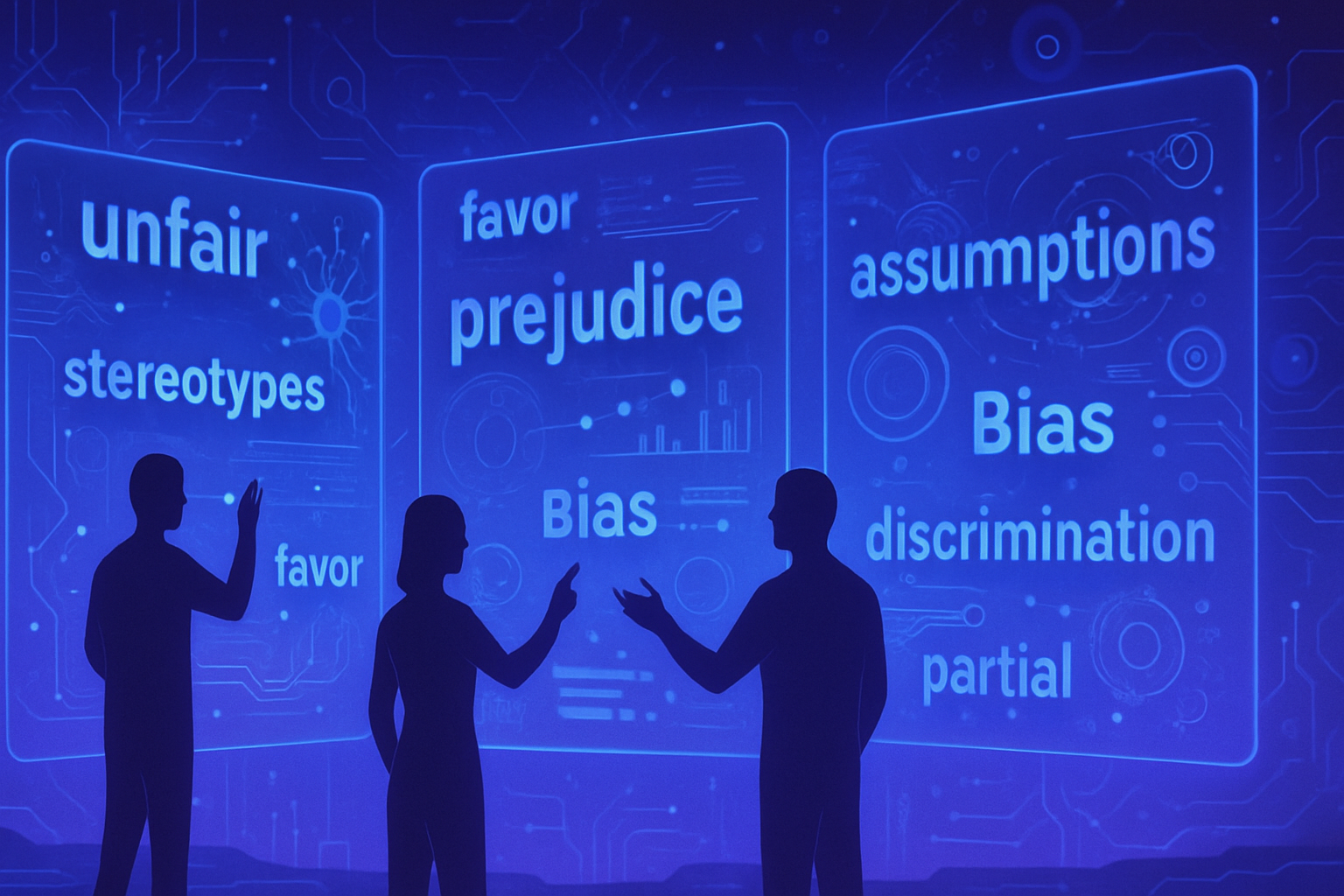Understanding the biases of large language models is essential in a rapidly expanding digital world. The ramifications of these biases affect the accuracy of results and the reliability of human interactions with artificial intelligence. A thorough analysis of these mechanisms reveals critical issues for the future of language processing systems. Design and training choices directly influence model performance, raising significant ethical concerns.
Understanding Position Bias
Current research highlights the phenomenon of position bias observed in large language models (LLMs). These models tend to focus their attention on information present at the beginning and end of a document or conversation, neglecting the central content. A lawyer, for example, using a virtual assistant powered by an LLM to extract a phrase from a 30-page affidavit is more likely to find the relevant text if it is located on the first or last pages.
Theoretical Analysis of the Mechanism
Researchers at MIT have developed a theoretical framework to explore the flow of information within the machine learning architectures that underlie LLMs. Design choices determining how the model processes input data have been identified as potential sources of position bias. A careful analysis revealed that model architectures can exacerbate these biases, contributing to unequal performance based on the position of crucial data.
Impact of Design Choices
Models like Claude, Llama, and GPT-4 rely on an architecture called transformer, designed to process sequential data. By integrating an attention mechanism, these models are able to establish relationships between pieces of information and predict the next words. However, attention masking techniques are frequently applied to limit access to certain information, leading to an intrinsic bias towards the beginning of sequences. This can be problematic when models are deployed for tasks requiring a balanced assessment of data.
Consequences for Model Performance
Experiments conducted by researchers revealed a phenomenon of midpoint loss, where the accuracy of information retrieval follows a U-shaped pattern. This suggests that models perform better when the correct answers are found at the beginning of the sequence. The dilution effect of positional encodings, connecting similar and essential words, may mitigate the bias, but its impact remains limited in models with multiple attention layers.
Overcoming Model Limitations
Adjustments to the model architecture, such as using alternative masking techniques or reducing the number of layers in the attention mechanism, could improve model accuracy. Researchers emphasize the need for a better understanding of models, stating that they operate as black boxes, making it difficult to detect their biases. Ultimately, the adaptability of models to critical applications depends on their ability to process equitable information without subtle prejudices.
Improvement Perspectives
Current research aims to deepen the study of positional encodings and explore how these position biases could be exploited strategically in certain applications. The contributions of these theoretical analyses promise to lead to more reliable chatbots, fairer medical AI systems, as well as coding assistants providing balanced attention to all sections of a program. These advances could transform how these technologies interact with users, reducing the risks associated with inaccurate information.
Awareness of Bias in AI
The debate regarding bias within algorithms and artificial intelligence systems is highly relevant. Ethical adequacy and the accountability of AI designers are increasing, leading to a reevaluation of equity and inclusivity issues in the development of these technologies.
Inspiring Articles
To explore the implications of these technologies across different sectors, several articles provide enriching perspectives. For example, one article discusses the role of women in the development of artificial intelligence, highlighting the crucial issues of inclusive technology. Others explore the prospects of a better future through algorithms, as well as the ethical issues related to chatbots in job interviews.
Advances in artificial intelligence, illustrated by initiatives such as an Alibaba project aimed at injecting emotions into its AIs, highlight the diversity of possible applications. Meanwhile, a recent study warns about the consequences of a global exploitation system, revealing the importance of salvatory regulation in an ever-evolving technological context.
For more information, check out the new articles on artificial intelligence and its future implications. Women and AI, Algorithms for a Better Future, Chatbots and Ethical Issues, Emotions and AI by Alibaba, Call for a Just Global System.
FAQ on the Biases of Large Language Models
What is position bias in language models?
Position bias refers to the tendency of large language models to favor information located at the beginning or end of a document, at the expense of that found in the middle.
How does position bias affect model performance?
Position bias can lead to decreased accuracy in information retrieval, as models are more likely to detect correct answers if they are located in the first or last sections of a document.
What are the main factors contributing to position bias?
The main factors include design choices of model architectures, attention masking techniques, and the way training data is structured.
How do researchers study position bias in these models?
Researchers use a theoretical framework and conduct experiments to evaluate the impact of the position of correct answers in text sequences, observing performance patterns associated with different positions.
What is the impact of causal masking on position bias?
Causal masking creates an inherent tendency to privilege words located at the beginning of a sequence, even if this can harm accuracy when initial words are not essential to the overall meaning.
Can position bias be corrected in language models?
Some techniques, such as using improved positional encodings or modifying attention architectures, can help reduce this bias and enhance model accuracy.
Why is it crucial to understand position bias in critical applications?
Understanding position bias is essential to ensure that models operate reliably in sensitive contexts, such as medical care or legal information processing, where errors can have serious consequences.
Are models influenced by their training data regarding bias?
Yes, if training data exhibits position biases, this can also influence the model’s behavior, making fine-tuning necessary for better performance.






